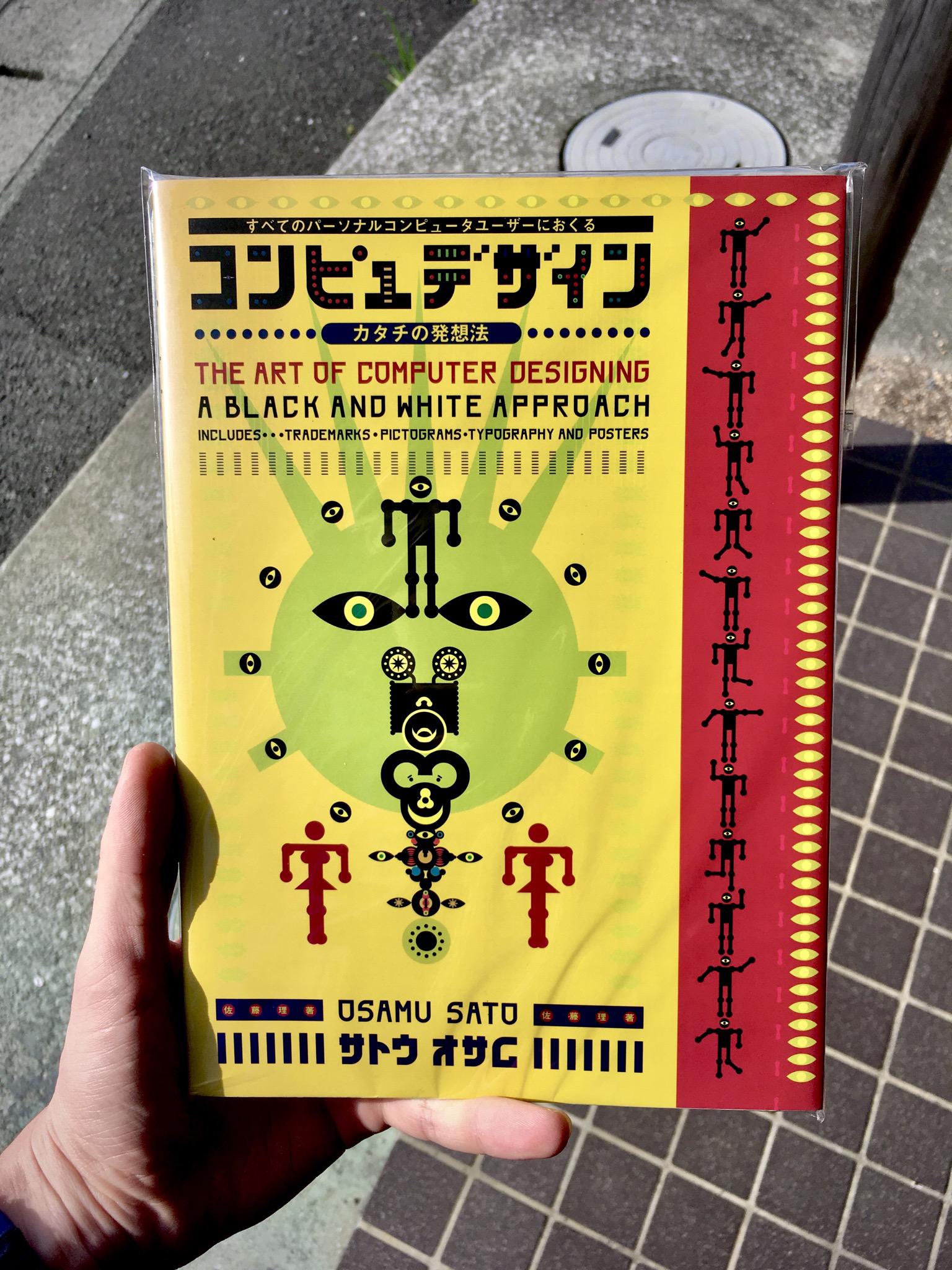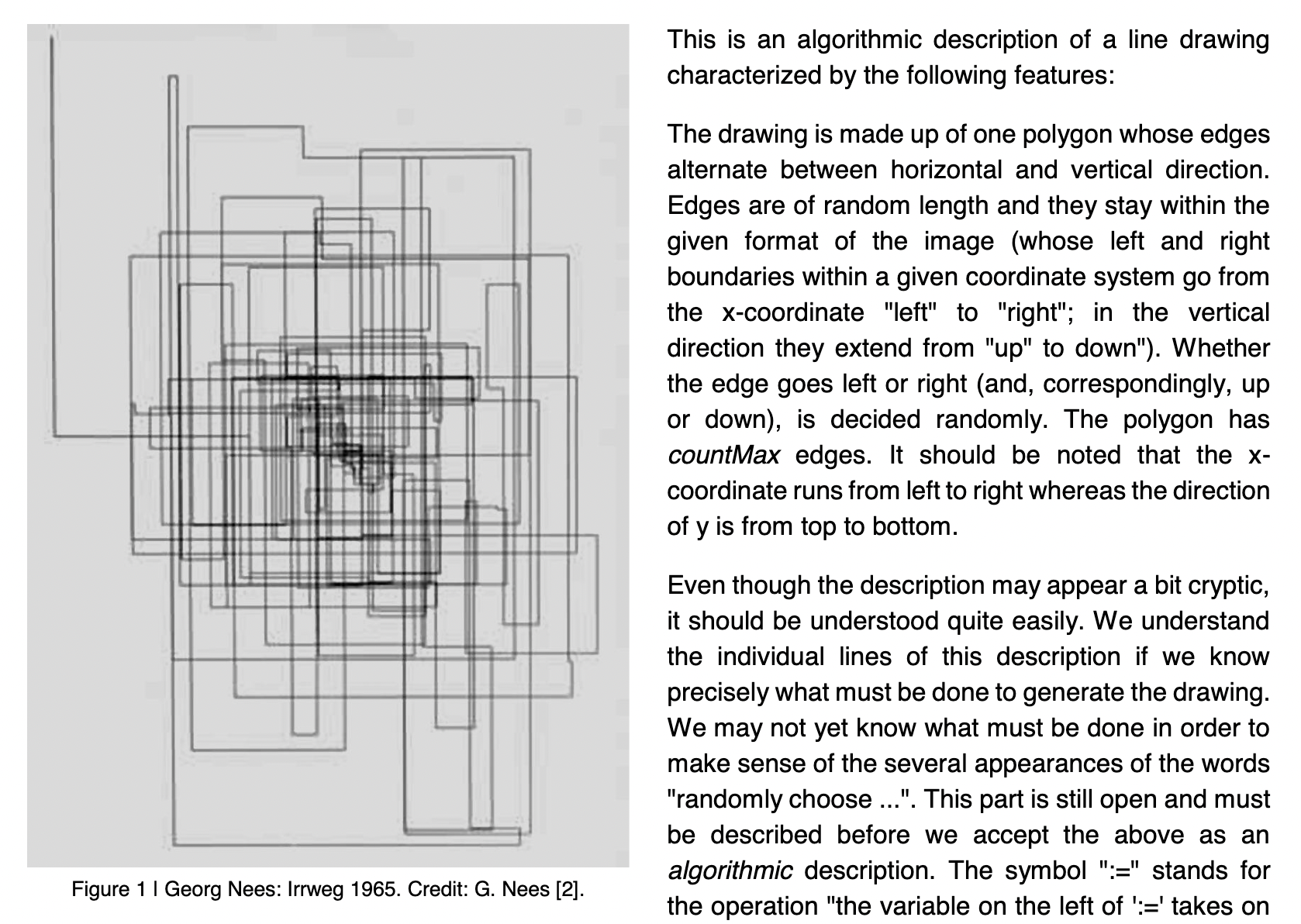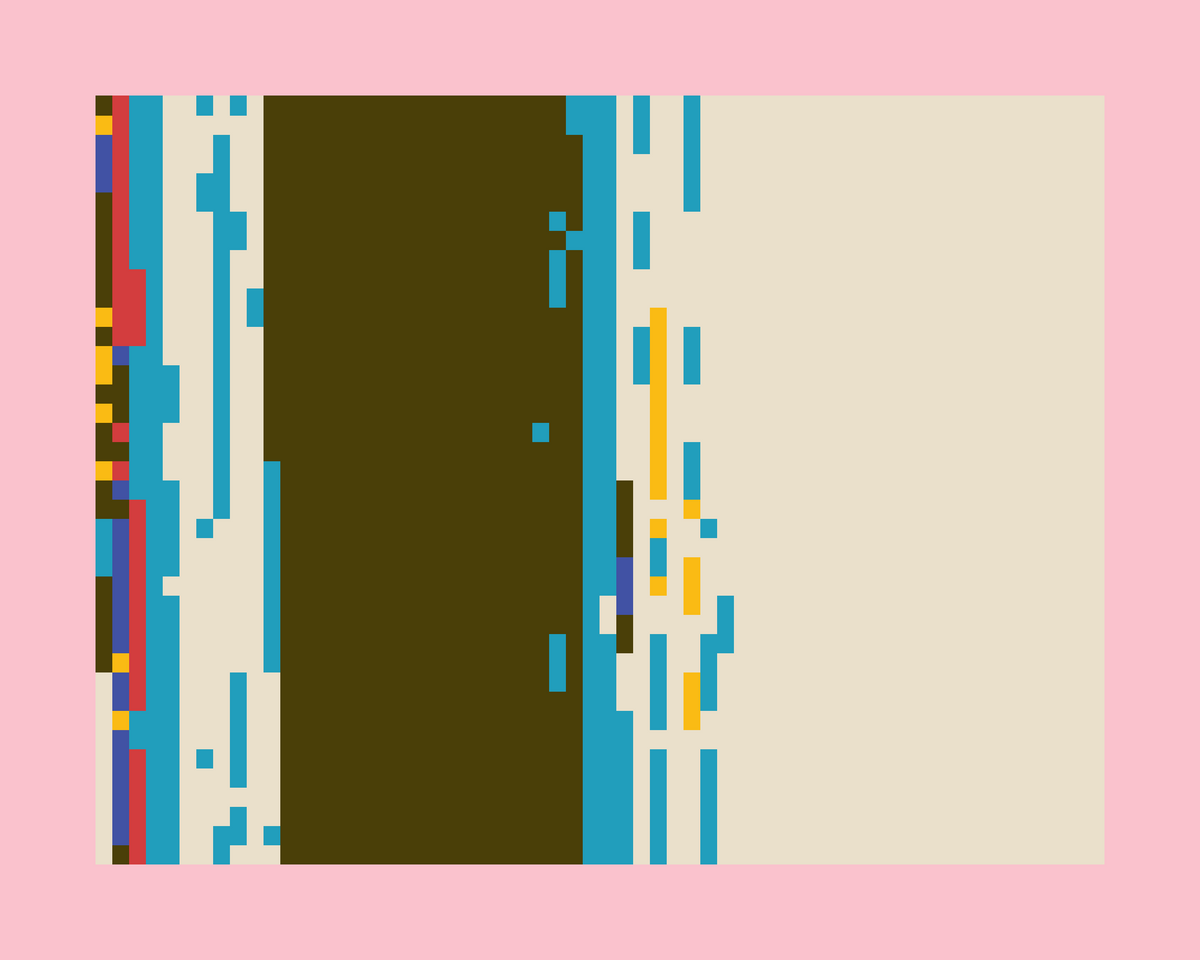In this post we'll have a look at the principles, rules, mottos - whatever you want to call them - of some of the greats of generative art. Initially I had a much longer list, but to do things justice it makes sense to discuss things in a bit more depth. That's why I'll break up this list into several parts - in today's article we'll talk about Zach Lieberman, Frieder Nake and Saskia Freeke. Let's get started!
A big part of writing these articles, is the research that happens beforehand. And that's often my favorite part. I get to indulge myself in reading and learning new things. And I don't have to conjure words from the ether onto my text editor just yet.
One of the most enjoyable kind of reads are interviews! I find them really exciting, because you can never really tell what the person being interviewed will answer. There's a certain surprise factor to it - when someone's put on the spot, that's when you get the most genuine answers out of them.
Furthermore, when it comes to learning things, what better way is there than to look towards those that came before and have poured tens of thousands of hours into the topic that you want to learn about - usually the kind of people that get interviewed. This is what this series is going to be all about, in the context of generative art
Zach Liebermann - Always be Iterating
Soon after discovering P5 for the first time and looking for tutorials about it, I came across a number of Zach Liebermann's videos on Youtube - various talks and interviews that he had given on creative coding. The first one that I watched, and that had a lasting impression on me:
This one is by far my favorite talk by Zach.
Besides his stunning artworks, and his impressive daily coding practice, I was also quite impressed by his notion of poetic computation. That the act of writing code is in of itself an art practice. Finding beauty in writing code. It unlocked a completely new perspective for me.
Katrina Allick an alumn from the school of poetic computation touches upon this exact notion in a medium article of hers:
In class we broke down our ideas of poetic computation and my favorite definition had to be subjectivity into instruction. Art takes its form through code, whether that be actual subjective meaning or aesthetic or actual instruction - Katrina Allick
In a way, this detaches the term coding from the world of tech and makes it transcend into other fields. Makes it transform into other shapes. Anything can be creative coding really. For instance, Sol LeWitt's instructions that produced wall art, there was no computer involved, I would argue that it is creative coding. Likewise Vera Molnar's early works from the 50s, the was no computer involved, but there was a clear system in place for the creation of the graphics.
Returning to Zach, he is probably one of the most hardcore daily coders out there. Maybe only surpassed by Saskia Freeke - we'll talk about her in a bit. Zach lives by his own personal motto Always be iterating - in the talk that I linked above, he points out that this is the quintessential principle central to his coding practice.
What I do, is I don't try to make something new every day, I iterate. I take the same sketch and I rework it, and I try to change it enough, to make it feel like something new.
And I believe that this is in many ways a necessity in today's social media landscape, where the algorithms expect some form of content from you every day. Trying to reinvent yourself every day is probably not going to work. Building upon previous work, in comparison, seems much more manageable.
Zach also presents one of his favorite books - an old Japanese one, titled The Art of Computer Designing by Osamu Satu. The last sentence in the book states:
The work of past ages accumulates, and is remade again.

Written in reference to all the brilliant minds that influenced Osamu-san and inspired his work and the book. In this way, Zach also points out the importance of learning from the work of those who came in the past, to build upon their ideas, reverse engineer them and transform them into something new. Which is another form of iterating.
Always.
Be.
Iterating.
Frieder Nake - Think the Image, don't make the Image
Frieder Nake pioneered what we know today as generative art by sheer coincidence. He was tasked with writing the software for one of the plotter machines that the Computing Center at the University of Stuttgart had newly acquired, the Zuse Graphomat Z64. He was still a student at the time and didn't really have an idea on how to approach such a task... but evidently he managed just fine in the end.

One of his famous phrases, that he states in many of his interviews, is Think the image, don't make the image. But what does that actually mean?
The best explanation I could find in that regard is a research paper by Susan Grabowski from the Universtiy of Bremen On Algorithmic Thinking, Art Education, and Recoding:

Frieder Nake places the system at the middle point. Making images with computers becomes a mental exercise in creating systems. After all if you can describe how something was made in minute detail, then you can most likely implement these steps to make the image. This also means that we never think just about a single image, but rather about classes of images that can be generated by a system.
This is a most important aspect of algorithmic art. This kind of artistic activity is interested in classes of images, i.e. in infinite sets of images! The individual image is reduced to an instance only of the class it belongs to. We may like or dislike one or the other of the productions resulting from executing an image generating algorithm - Susan Grabowski
We think pictures. We don't think about nor of the pictures. There is a radical difference in the phrasing here. To elucidate, the computer artist paints with their eyes closed. In stark contrast to the traditional artist that paints with their eyes open. The idea becomes as much of an artwork as the final output, it is the combination of the two where computer art comes to life and can be appreciated.
What does this mean for the budding computer artist? I believe that an important exercise to making computer art, is one that happens away from the keyboard, where you try to conjure up systems in your mind and think about how they could be implemented. More contemporarily, it's about shapes, specific textures and the recreation thereof. When the artist then returns to the computer, and an attempt is made at translating between formless thought and tangible code, computer art starts to take shape and come to life.
I'd like to add something Kjetil Golid stated in an interview with artnome:
[...] a lot of times, I think of maybe a process or some sort of way of doing things, and I don’t really manage to imagine how it will look, and those are the most interesting cases, I think, where you actually have to program it in order to see what it will look like.
So maybe thinking the image doesn't actually always mean that you need to be able to visualize what something will necessarily look like. Again, the conceptual system lies at the center. Personally, I'd like to approach my work more from that angle in the future.
Think the image, don't make the image.
Saskia Freeke - Break your own Rules
Saskia Freeke is an absolute generative art powerhouse - running on a 7 year daily coding streak, she began making one artwork a day, everyday, since the first of January 205. I can barely make it through Genuary by the skin of my teeth, I have no idea how she does it.
A talk of hers that I really recommend watching is one she gave at the frontend united conference:
There's many lessons packed into her talk; how to constantly try new things, and how it sometimes can be an uncomfortable but rewarding feeling to do so, how to come up with new ideas, to explore new features, put new rules into place, and to break your own rules.
It's also about breaking rules sometimes, because I like structure, I like grids, it's really hard sometimes to get out of this.
That sentence really resonates with me. I often find myself trapped by my own rules, in a way preventing me from exploring other shapes, patterns or color combinations. Similarly to Saskia, I also really like grids and the neat positioning of shapes on the canvas - which is why I've spent so much time on learning to compute different kinds of collisions, and packing algorithms.
Not exploring new ways of doing things, limits how much one's aesthetic can evolve beyond it's current state. To know what you don't like, and what doesn't work for you, you'll have to try it at least once.
I've also always been a bit afraid of relinquishing too much control to the algorithm. Giving the output space too much freedom in a sense - but in that manner I've also been throttling the potential for beautiful iterations that could come to life. Sometimes you need allow chaos to take the stage, take a back seat and let the algorithm do it's own thing.
Break your own rules.
Closing Thoughts
And that's it for this post, there's a lot more to be said here, many more lessons to be learned from each one of these artists. I will definitely write about other greats and what they have to say about generative art, and about the process of making generative art itself.
I leave you with this post from Yazid, with a quote from Andy Warhol:
— Yazid (@Yazid) June 29, 2023
Cheers, and happy coding! If you enjoyed this post consider sharing it on your socials, otherwise subscribe to the newsletter to get notified of new content when it comes out ~ Gorilla Sun 🌸

